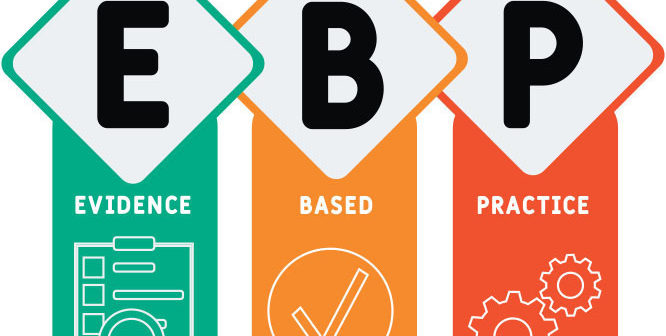Evidence-based practice (EBP)
Evidence-based practice (EBP)
Sustaining change can be difficult, as there are many variables that can affect implementation. One critical component of evidence-based practice (EBP) is to ensure that practice change is part of an organization’s culture so it will continue to impact outcomes over time.
Name two potential barriers that may prevent your EBP change proposal (based on after discharge follow-up) from continuing to obtain the same desired results 6 months to a year from now, and your strategies for overcoming these barriers.

Sustaining Evidence-Based Practice Change in After-Discharge Follow-Up
Sustaining change within healthcare organizations, particularly regarding evidence-based practice (EBP) proposals, can be challenging. As organizations implement changes, various barriers may arise that hinder the desired outcomes over time. In the context of an EBP change proposal focused on after-discharge follow-up, two significant barriers can be identified: staff resistance to change and inadequate patient engagement.
Barrier 1: Staff Resistance to Change
One potential barrier that may prevent the EBP change proposal from achieving sustained results is staff resistance to change. Healthcare staff may be hesitant to adopt new practices or workflows due to comfort with established routines, skepticism about the efficacy of the proposed changes, or concerns regarding additional workload. Resistance can stem from a lack of understanding of the benefits associated with the change, insufficient training, or inadequate leadership support.
Strategies for Overcoming Staff Resistance
To address this barrier, it is essential to engage staff early in the change process. Involving team members in discussions about the importance and expected outcomes of the EBP change can foster a sense of ownership and investment. Providing comprehensive training sessions that highlight the benefits of the new follow-up practices, along with how they can enhance patient outcomes, is crucial. Additionally, ongoing support from leadership and the establishment of feedback mechanisms can help staff voice concerns, thereby promoting a culture of open communication and collaboration.
Barrier 2: Inadequate Patient Engagement
Another significant barrier that could hinder the sustainability of the after-discharge follow-up proposal is inadequate patient engagement. If patients do not actively participate in their follow-up care, the effectiveness of the interventions may diminish. Factors contributing to this issue may include lack of understanding about the importance of follow-up appointments, barriers to accessing healthcare services (such as transportation issues), or low health literacy.
Strategies for Enhancing Patient Engagement
To overcome this barrier, it is vital to implement strategies that enhance patient engagement. Providing educational resources that explain the significance of follow-up care and what patients can expect during their appointments can empower them to take an active role in their healthcare. Additionally, employing various communication methods, such as reminder calls, texts, or emails, can help reinforce the importance of follow-up visits. Collaborating with community organizations to address transportation barriers and promote accessible healthcare services can also increase patient participation.
Conclusion
In conclusion, sustaining the EBP change proposal focused on after-discharge follow-up requires addressing potential barriers such as staff resistance and inadequate patient engagement. By actively involving staff in the change process and enhancing patient education and access to follow-up care, organizations can foster a culture of continuous improvement. Ensuring that the practice change is integrated into the organizational culture is essential for maintaining positive outcomes over time. Through these strategies, healthcare organizations can work towards achieving long-lasting impacts in patient care and outcomes.
References
McCormack, B., McCance, T., & McGhee, S. (2017). Developing evidence-based practice: A guide for nurses and health care professionals. John Wiley & Sons. https://www.wiley.com/en-us/Developing+Evidence+Based+Practice%3A+A+Guide+for+nurses+and+health+care+professionals-p-9781119266586
Ogrinc, G., et al. (2016). Transforming care: A multidisciplinary approach to improving patient outcomes. American Journal of Medical Quality, 31(5), 429-436. https://journals.sagepub.com/doi/full/10.1177/1062860616632454



